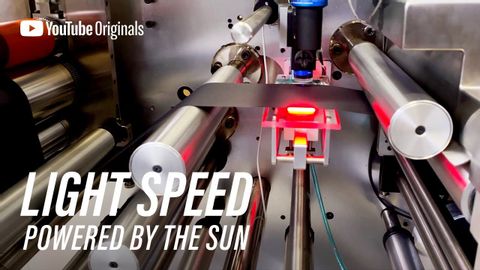未來的電池是什麼? (What is the Battery of the Future?)
 沒有此條件下的單字
沒有此條件下的單字US /ˈɛpɪˌsod/
・
UK /'epɪsəʊd/
- n.插曲;集;(電視或廣播節目的)一集;事件;一段時期;(疾病的)發作
US /fɪˈnɑməˌnɑn, -nən/
・
UK /fə'nɒmɪnən/
US /məˈtɪriəl/
・
UK /məˈtɪəriəl/
- n. (c./u.)布料;素材;資料;材料;物質
- adj.重要的;物質的
US /ɪmˈpruv/
・
UK /ɪm'pru:v/
